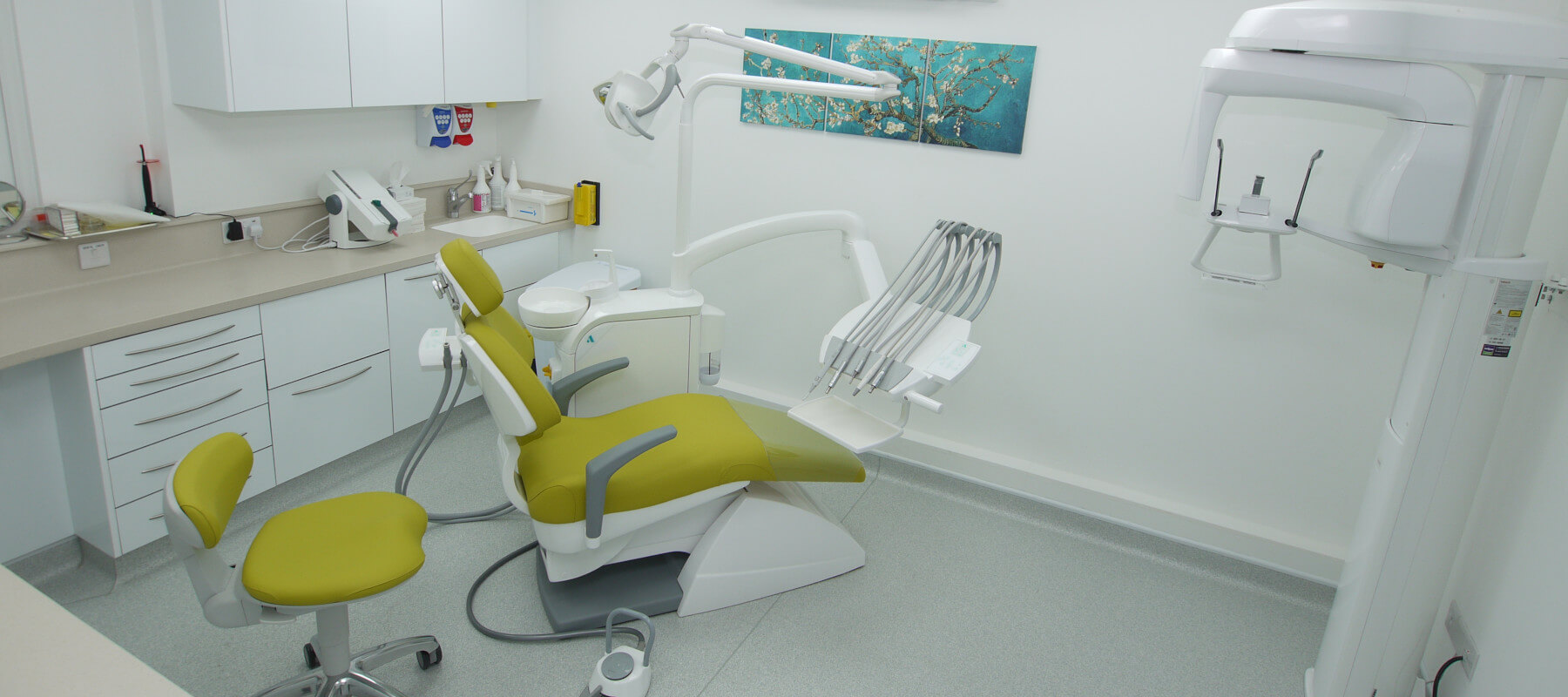
Whether you’re setting up a new practice or looking to upgrade your existing equipment, this guide is designed for you.
We’re delving into the world of dental equipment, highlighting the essentials that can transform your practice and enhance patient experiences.
Let’s jump straight in!
Understanding the impact of equipment on service quality isn’t about splurging on the latest gadget; it’s about recognising how the right tool can make a difference in your practice.
From precision in procedures to patient comfort, each piece of equipment plays a pivotal role.
When patients feel at ease and see that their dental care providers use state-of-the-art technology, it boosts their confidence and satisfaction.
Here’s what you need to know:
In the following sections, we’ll explore the essential dental equipment categories and their significance in a successful dental practice.
When it comes to operatory dental equipment, the dental chair isn’t just a seat; it’s the centrepiece of patient care.
Ergonomics and patient comfort are paramount.
A good dental chair package should offer more than just basic functionality; it should enhance the entire dental experience for both the patient and the practitioner.
Key features to look for:
Remember, the right dental chair is not just about comfort; it’s about creating an environment where quality care is seamlessly delivered.
Often overlooked, dental spitoons play a crucial role in maintaining hygiene during dental procedures.
They offer a convenient way for patients to dispose of saliva and rinse during treatments, reducing the risk of contamination.
Modern spitoons are designed for easy cleaning and maintenance, making them a vital component in the dental operatory setup.
Adequate lighting is non-negotiable. It’s not just about visibility; it’s about precision.
Good lighting reduces eye strain for the dentist and enhances the accuracy of procedures.
Look for lights that offer:
In summary, spitoons and operating lights are more than just accessories; they are fundamental in providing patient comfort and ensuring procedural precision.
In the dynamic environment of a dental practice, mobility and accessibility are key.
This is where dental delivery units or mobile carts come into play.
These units are not just about moving equipment around; they’re about bringing efficiency and flexibility right to the patient’s side.
A well-chosen dental delivery unit or mobile cart can significantly impact the smooth running of your practice.

Handpieces and micromotors are the workhorses of dental practice.
Choosing the right type is not just about preference, but about maximising efficiency and patient care.
Choosing the right handpieces and micromotors involves understanding their applications and committing to their upkeep.
It’s about finding the perfect balance between functionality and practicality.
When it comes to dental surgery design, it’s not just about aesthetics; it’s about creating a workspace that marries efficiency with practitioner comfort.
The right design choices can significantly reduce fatigue, increase productivity and enhance the overall workflow.
Let’s dive into how ergonomic design and customisation play pivotal roles in this aspect.
Look for stools that provide proper lumbar support and allow for a range of movements.
Comfortable seating is crucial for those long hours of procedures.
Adjustable height and tilt options ensure that the stool can be tailored to fit various body types and working styles.
Cabinetry should be designed to maximise space usage, allowing for easy access to tools and supplies.
Today’s market offers a range of customisation options. From modular designs to built-in features, you can tailor your cabinetry and worktops to fit the specific needs of your practice.
Consider materials that are durable, easy to clean, and can withstand the demands of a busy dental practice.
Incorporating ergonomic furniture and customised cabinetry/worktops in your dental surgery design isn’t just an investment in your practice’s appearance; it’s an investment in functionality and long-term comfort.
These elements form the backbone of a well-organised and efficient dental practice, ensuring that both practitioners and patients have a pleasant and comfortable experience.
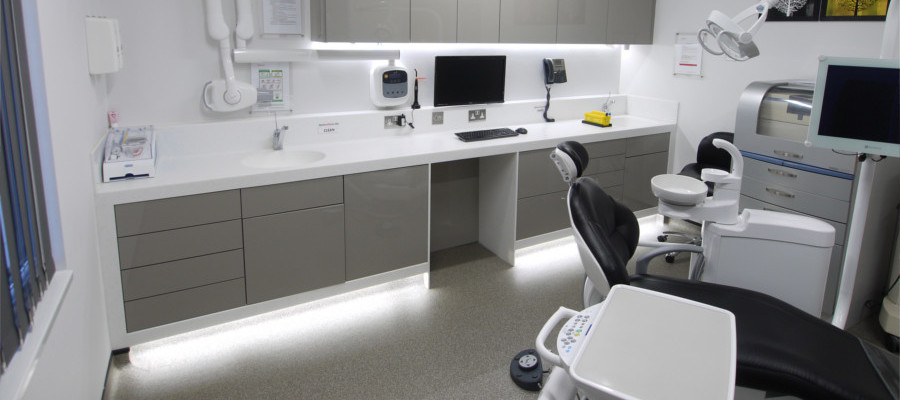
The integration of advanced technologies in dental imaging has revolutionised diagnostics and treatment planning.
These technological advancements not only enhance the precision of diagnoses but also improve patient comfort and understanding of their dental conditions.
Intraoral X-rays and cameras have become essential tools in modern dentistry.
They allow for detailed views of the teeth and supporting structures, providing crucial information that cannot be obtained through visual examination alone.
Key Aspects:
The role of these technologies in diagnosis cannot be overstated.
They are integral in identifying issues that are invisible to the naked eye, leading to more accurate and timely treatments.
Advancements in imaging and digital dentistry technologies are key to achieving accurate diagnoses and creating precise treatment plans.
The adoption of these technologies in dental practices represents a significant leap forward in dental care.
Phosphor plate scanners, cone beam computed tomography (CBCT), and orthopantomography (OPG) systems are transforming dental imaging.
Incorporating these advanced imaging technologies into a dental practice not only enhances diagnostic capabilities but also significantly improves patient care and treatment outcomes.
A key aspect of any dental practice is maintaining a sterile environment.
This is crucial not only for patient safety but also for compliance with health and safety regulations.
Sterilisation and hygiene equipment are therefore essential components in every dental clinic.
Decontamination equipment plays a pivotal role in ensuring that all dental instruments are free from microbes and safe for use.
Key Points:
In a dental practice, the quality of water and air is not just about creating a comfortable environment; it’s about ensuring the safety and efficacy of dental procedures.
Let’s explore the crucial roles of air compressors, suction pumps and reverse osmosis systems in a dental setting.
Dental air compressors and suction pumps are fundamental components in the functionality of a dental practice.
They play critical roles in both patient treatment and equipment maintenance.
Key Functions:
The implementation of a reverse osmosis system in a dental clinic is vital for both patient safety and the longevity of dental equipment.
These systems filter out contaminants and impurities, providing high-quality water essential for safe dental care.
Using purified water helps prevent the buildup of deposits in dental equipment, prolonging their lifespan and maintaining their efficiency. It also ensures that water used in patient care is of the highest standard, safeguarding against potential waterborne contaminants.
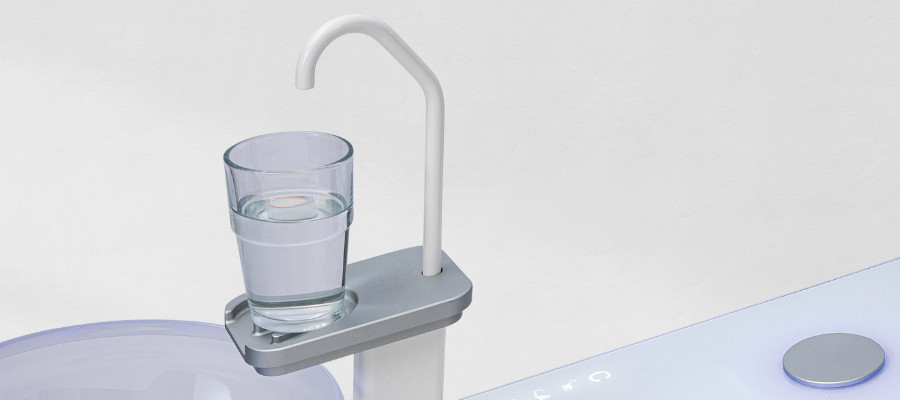
The evolution of dental technology has brought us to the era of CAD/CAM and digital impression scanners.
Revolutionary tools in the field of dentistry, especially in the realms of dental restorations and prosthetics.
Dentists can immediately view the digital impression, making it easier to identify any issues and make adjustments on the spot.
Digital impressions can be seamlessly sent to a milling machine for the creation of crowns, bridges and other prosthetics, often within the same day.
The use of advanced technology can enhance the overall patient experience, contributing to patient satisfaction and retention.
Incorporating CAD/CAM systems in your practice is not just about keeping up with technology; it’s about elevating the level of care and service you provide to your patients.
The reception area of a dental clinic is more than just a waiting room; it’s the first impression patients have of your practice.
Creating a welcoming and functional space is key to setting the right tone for your patients’ experience.
Ensure that your reception area has comfortable and adequate seating for patients. This includes considering accessibility for all patients, including those with mobility issues.
The design of the reception area should reflect the professionalism and care ethos of your practice. Choose colours and designs that are calming and welcoming.
Importance of Functional Design in Reception Areas:
A well-designed reception area is not just about aesthetics; it’s an integral part of the patient care experience, reflecting the values and standards of your dental practice.
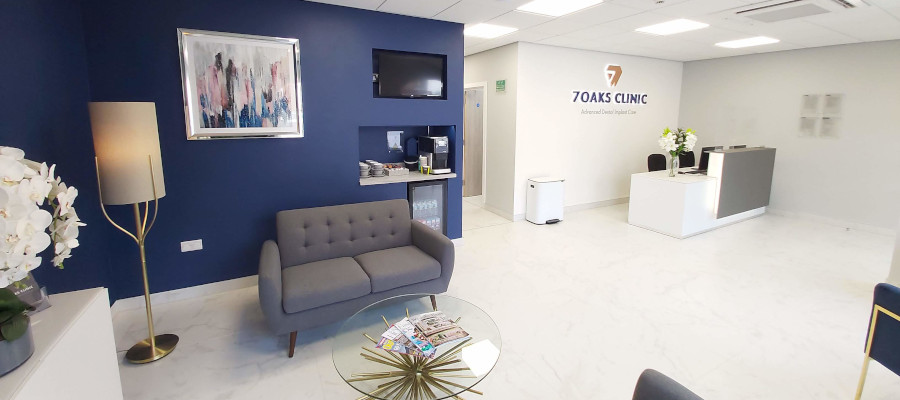
Creating a comfortable environment in a dental office goes beyond the equipment and technology used for procedures.
It’s about cultivating a space where both patients and staff feel at ease, which significantly impacts the overall experience and effectiveness of care.
Let’s explore how the right lighting and flooring can contribute to this goal.
The type of lighting can greatly affect both patient comfort and staff performance.
The choice of flooring in a dental surgery is not just an aesthetic consideration; it’s a practical one.
The right lighting and flooring choices can significantly enhance the comfort and functionality of your dental office, creating a positive experience for both patients and staff.
High-performance air cleaning systems, such as HEPA filters and advanced ventilation systems, are critical in maintaining optimal air quality in dental clinics.
These systems play a significant role in reducing airborne contaminants, crucial for a healthy dental practice environment.
Given that dental procedures can contribute to airborne contamination, these air cleaning systems are vital for mitigating risks and ensuring a safer environment.
Investing in quality air cleaning technology not only improves the immediate working conditions but also contributes to overall health benefits, regulatory compliance and a positive practice reputation.
In today’s fast-paced dental industry, integrating the right technological equipment is key to streamlining operations and enhancing patient care.
From patient record management to everyday dental procedures, technology plays a crucial role.
Selecting the Right Computers and Monitors:
Technology integration in a dental practice is about choosing the right equipment that enhances efficiency and ensures the smooth running of the practice.
Safety and compliance with health guidelines are non-negotiable aspects of dental practice.
Personal Protective Equipment (PPE) and supplies play a critical role in ensuring the safety of both patients and dental healthcare providers.
PPE and dental supplies are fundamental in maintaining a safe and compliant practice, ensuring the well-being of everyone within the dental environment.
Inclusivity in dental practices means ensuring that equipment can accommodate a diverse range of patient needs, including those of larger patients.
The Importance of Inclusive Practice Equipment:
Considering a bariatric dental chair as part of your practice’s equipment is a step towards fostering an inclusive and welcoming environment for all patients.

As we wrap up our comprehensive exploration of dental equipment, let’s reflect on the key takeaways and best practices for equipping a modern dental practice.
The right equipment choices can significantly elevate the standard of care, patient satisfaction and overall practice efficiency.
When selecting dental equipment, consider a balance of quality, reliability and serviceability, along with ergonomics and workflow efficiency.
Key Considerations:
Making thoughtful choices in equipment selection can profoundly impact your practice’s functionality and patient care quality.
Seeking professional advice, especially when opening a new dental practice or planning long-term upgrades, is invaluable.
Consulting with experts and local suppliers, Eclipse Dental supplies London and South East England, can provide tailored solutions and insights specific to your practice’s needs.
Advantages of Professional Consultation:
Leveraging professional advice and local expertise is not just about making purchases; it’s about building a foundation for a successful, efficient and patient-centric dental practice.
The dental unit is a cornerstone of any dental practice, comprising several key components:
Each component plays a specific role in ensuring effective, comfortable, and efficient dental treatments.
Modern dental instruments are vital for several reasons:
A dentist typically uses a range of equipment, including:
Each piece of equipment is tailored to specific dental tasks, ensuring comprehensive patient care.
CAD/CAM systems greatly enhance dental practices by streamlining the creation of restorations like crowns and veneers, leading to more accurate and custom-fit results.
These systems improve patient experiences by offering quicker, single-visit restorations and more comfortable digital impressions, replacing traditional, multi-appointment methods.
This advancement marks a significant shift towards more efficient and patient-centric dental care.

I have used them for the first time in recent months for a complicated project in carrying out a practice refurbishment. Eclipse were meticulous and brilliant. Very knowledgable engineers and a beautiful finish to my practice. They really are a family based business who will look after you. Very professional company and will definitely keep using them.

I had my 2 surgery practice completely stripped out and services repositioned with new flooring, new equipment and redecorated. They kept to the agreed time scale and we were up and running in our state-of-the-art new surgery. Thank you Eclipse and I will be using your services again.

I did a lot of research looking for a dental fit-out company before I came across Eclipse Dental. They designed the surgery exactly the way I wanted it to look which suits my requirements perfectly. The final result was phenomenal, just phenomenal!

The engineers that attend our practice are very knowledgeable and always act in a professional manner. If we have an emergency situation John Boyt always tries his best to fit us in. I have no hesitation in recommending Eclipse Dental Engineering to you for all your servicing and breakdown needs.

Eclipse listened to my ideas, they added a lot to them and improved my initial design. They had loads of realistic and creative ideas for a 21st century dental practice! Two surgeries were refurbished on time without any interruption of our clinics.

We would highly recommend the awesome Eclipse team who guided us through the design process, finishing touches and colour schemes. Their ability to combine build works with equipment and dental engineering makes it so much easier and better value.

I am very pleased with the result, it is of a high quality and surpassed my expectations, on the strength of the work done I commissioned some extra wall cabinetry. The whole process was hassle-free and I would be very happy to recommend Eclipse to my friends in the business.
We used Eclipse recently in an emergency as we had equipment failure. They were very quick to respond to our call and were able to get us working again within 2 hours. The engineer was very friendly and professional and I would highly recommend this company.

I would like to express my gratitude to you and your team for your professionalism and prompt response when our dental chair packed up. You attended the same day, removed the damaged chair and installed a rental to allow us to continue practising.
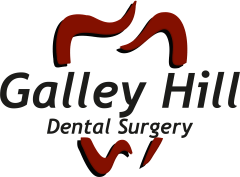
Having dealt with many fit-out companies over the years, Eclipse Dental has been one of the most professional, dependable and sincere companies I have ever worked with. I would not hesitate to use their services again.
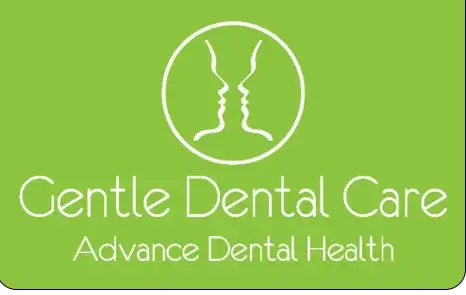
Excellent service, Eclipse have worked tirelessly for us and have always come out same day if we have a problem stopping us working. Thanks to all at Eclipse.
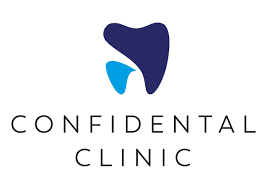
Their awareness of CQC regulations regarding equipment relocation and our necessity to minimise downtime was brilliant. We would like to recommend Eclipse Dental to anyone considering a refurbishment or relocation.
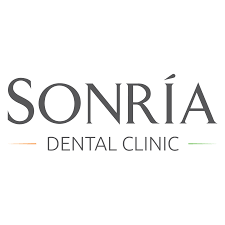
Very happy with the service and reliability of the team. From the beginning to the end, everyone was always helpful and very kind. I definitely will recommend Eclipse Dental!

I liked how swiftly the projects were done. Everything was managed, everything was timed and everything was coordinated. And every day we saw something happening. It was very exciting.

The quality of craftsmanship was exceptional—the cabinetry, flooring and all custom elements were made precisely to our specifications and aligned perfectly with our vision for the space.

Brilliant. Just professional! Complete refit of surgery. Flawless.

The boys did well! We didn’t give them much time to prepare but they did a great job, extremely pleased.

We have had the chairs for some time now and are happy with them. They serve what we need them for. The aftercare service is excellent

Eclipse are very flexible and listen to your needs. We are very impressed with the quality of workmanship they delivered. I would not hesitate to continue recommending Eclipse.
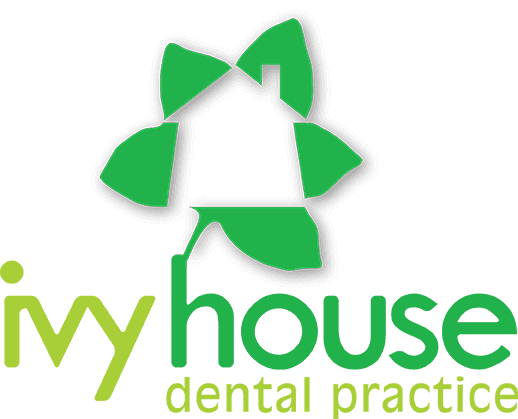
Eclipse were always accommodating of any requests and would always go the extra mile. I look forward to working with them for many years to come.

We are delighted with the end result. The practice looks good and, more importantly, works ergonomically and efficiently.